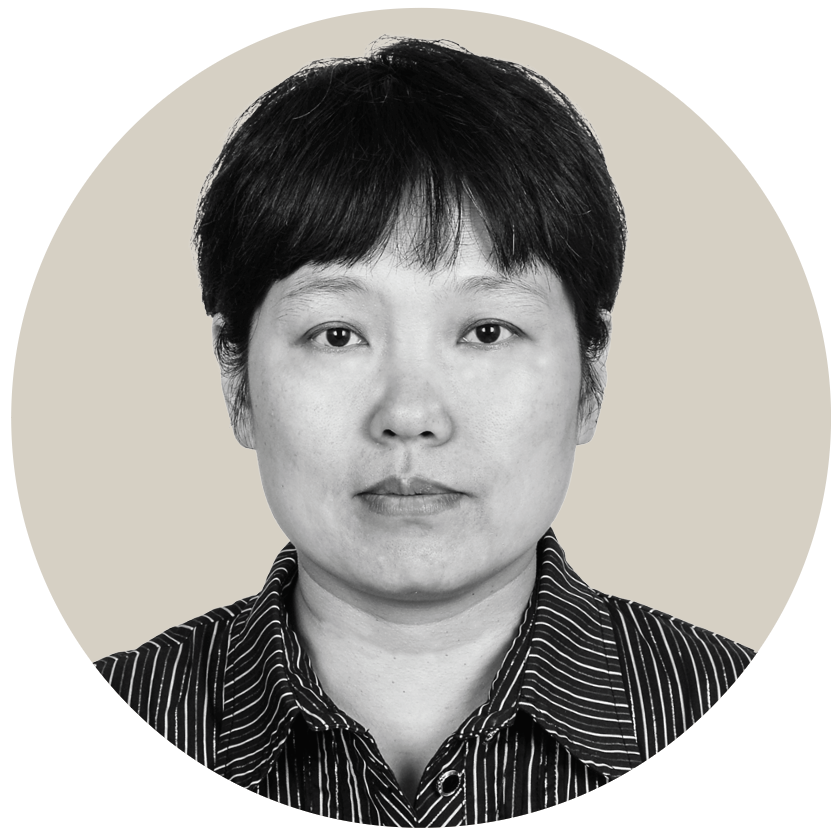
Meng Yan
Xuanwu Hospital, Capital Medical University, Adverse Drug Reactions Journal Agency

Photo: Shutterstock
A major event in China this year shone the spotlight on the value of international – and interpersonal – collaborations in driving pharmacovigilance forward.
Dr. Marie Lindquist, director of Uppsala Monitoring Centre and Prof. Ralph Edwards, former director, attended the 11th China Forum on Drug-induced Diseases and Medication Safety, and the Annual Meeting of the Medication Safety Panel in the China Core Group of the International Network for Rational Use of Drugs (INRUD), in April 2019.
The event also marked the 20th anniversary of the Adverse Drug Reactions Journal (ADRJ), which sponsored the China Forum. The Chinese-language journal was first published in 1999, and the opening ceremony of the forum included a special celebration of the ADRJ’s 20th anniversary. As part of those celebrations, Prof. Cheng Jinghua, the journal’s founder, was awarded the Lifelong Achievement Award, and Edwards received the Special Contribution Award for his outstanding contributions to the journal and the cause of medication safety in China.
At the China Forum, Edwards briefly introduced the application, value, and methods of cohort monitoring in a presentation offering a closer look at the topic. Lindquist delivered the talk “Vaccine safety monitoring – WHO Programme for International Drug Monitoring perspective” at the Annual Meeting of the Medication Safety Panel. Together, their reports opened a window for participants on international developments in the area of drug alerts.
After the meeting, Edwards and Lindquist had an in-depth discussion with Cheng – the latest step in a longstanding professional relationship. In 1989, Cheng went to New Zealand’s national pharmacovigilance centre to study, where he first met Edwards, the director at the time. The following year, Edwards became director of UMC, and was invited to China in 1991, where he played an important role in promoting ADR monitoring and reporting in the country. China joined the WHO Programme for International Drug Monitoring in 1998.
During his studies in New Zealand, Cheng vowed that although there was still a blank in the field of drug safety in his homeland, he would “bring drug safety to the whole of China”. Three dreams guided his mission: First, to set up a magazine, and have it in the ranks of the leading medical journals in China, acknowledged by the Chinese Medical Association. Second, to establish an organisation that could bring together academics focused on drug-induced diseases and safe drug use. And third, to create a discipline of drug-induced diseases, and safe medication practice, teaching, and research.
Edwards encouraged Cheng to pursue these aims on his return home. Now, 20 years on, Cheng’s first two dreams have come true, and work in China is well underway towards the third.
“The concept of drug safety has taken root and now is blossoming.”
In 1999, the ADRJ was launched, filling the gap in medication safety in Chinese medical journals. This opened a new chapter for publicising ADR-related knowledge, reducing the occurrence of drug-induced diseases, and improving the level of safe clinical drug use in China. In 2012, the magazine became one of the journals of the Chinese Medical Association – a testament to the publisher's adherence to the purpose and academic quality of publishing.
The second dream was realised in 2014, with the establishment of the Chinese Pharmacological Society Professional Committee of Drug-induced Diseases. The magazine undertook the work of the Medication Safety Panel in the China Core Group of INRUD and the monitoring network for safe clinical drug use in 2012, commissioned by the Ministry of Health’s Department of Medical Services Supervision. From 31 provincial and municipal units at its establishment in 2012, to 1,007 network members in 2019, the monitoring network has received a total of 40,873 medication error reports. The Drug-induced Diseases Committee, together with the Medication Safety Panel and the ADRJ, have issued an “Expert consensus on medication error management in China” and a series of guidelines. The concept of drug safety has taken root and now is blossoming in the country.
Realising Cheng’s third dream is still a “work in progress”, but he remains dedicated to the cause. “In translating his vision of pharmacovigilance into real-life healthcare practice throughout China, Cheng Jinghua has achieved something unique,” said Edwards.
During their visit, Edwards and Lindquist met with Prof. Wang Yuqin, current editor-in-chief of the ADRJ. Looking back on the visit, Lindquist reflected on the role the ADJR continues to play in improving patient safety in China.
“The Chinese ADRJ has had huge success as a medium for all those interested in pharmacovigilance, disseminating the results of their work to health professionals throughout China,” she said.
How can we make healthcare safer for children? ISoP’s Angela Caro-Rojas shares insights ahead of World Patient Safety Day.
04 September 2025
Prof. Singhal passed away on 19 April 2025. He is survived by his wife, children, and a large community of pharmacology researchers who had the privilege of training under him.
02 July 2025
Oman’s VigiMobile launch is more than a technical upgrade. It signals a strong commitment to patient safety and public participation in pharmacovigilance.
17 September 2025